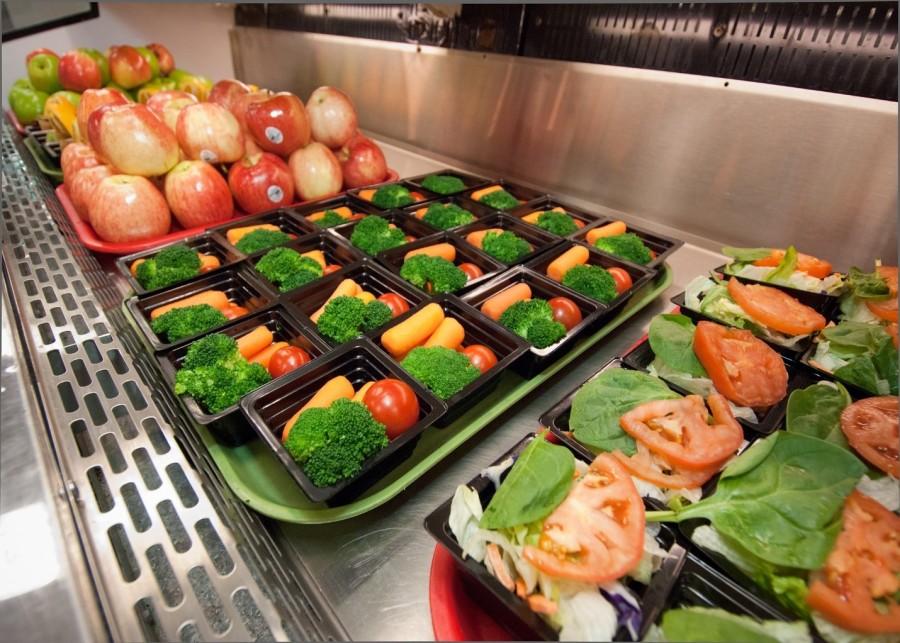Do We Have Enough Time for Lunch?
A recent study done at Harvard University reveals that kids who are given longer lunch periods tend to eat healthier than those with shorter lunch periods. Within the past decade, an average of ten minutes has been taken off of public school lunch periods due to budget cuts.
At Williston, students are given forty minutes to walk to the dining hall, wait in the lunch line, eat their food, and walk to their next class. Normally, students are given ten minutes of travel time between each class, but for lunch, students are given only five minutes.
Although the school shortened lunch by ten minutes in 2012, Williston’s lunch periods are still twenty minutes longer than the national average.
Mr. Ketcham, the Associate Head of School, discusses how the schedule is arranged and how the schedule has changed over the years.
“We did technically shorten lunch,” Mr. Ketcham says regarding Williston’s current schedule, “It was based on the statistical probability that you would have a free at some point during the day.” The added free period was intended to give students time to get a snack and prepare for their next class.
Although Williston shortened lunch by ten minutes in the year 2012-13, the school made improvements to ensure that students are getting enough to eat.
“The other thing we did was have the dining hall open all the time knowing that young adolescents who are growing might need more food,” Mr. Ketcham says. “Having a snack is a good thing,” he adds.
Williston’s current schedule, implemented in the 2012-13 school year, is made up of seven periods, five of which meet on any given day. “We made a class day longer, but we gave every student another free,” says Mr. Ketcham.
In The Boston Globe, the article “Kids eat healthier when given more time for lunch” proves that theory. The article, written by Megan Scudellari, discusses the importance of children having enough time to wait in the lunch line, sit down, and eat their lunch.
Juliana Cohen is a nutrition researcher at the Harvard T.H. Chan School of Public Health. “We thought when students had a limited amount of time, they would prioritize the food they liked and gobble down all their entrée, such as pizza,” Cohen told the Globe. “But that wasn’t the case,” she adds.
According to the article in the Globe, longer lunch periods allow for kids to contemplate what they are going to eat and to create balanced meals. When students are required to eat their lunch in a short amount of time, they tend to gravitate towards snack food and junk food because it can be more filling.
Mrs. Jane Lucia, a Williston Middle School science teacher and nutrition expert, says that “having a decent amount of time for lunch allows students to relax.” Mrs. Lucia adds that “sitting down to eat and having enough time to eat a meal helps lead to healthier choices and better digestion.”
Mrs. Lucia says that twenty to thirty minutes is an ample amount of time for lunch. “Your academics depend on good eating, enough sleep, and exercise.”








